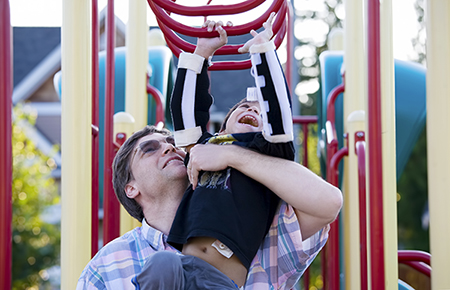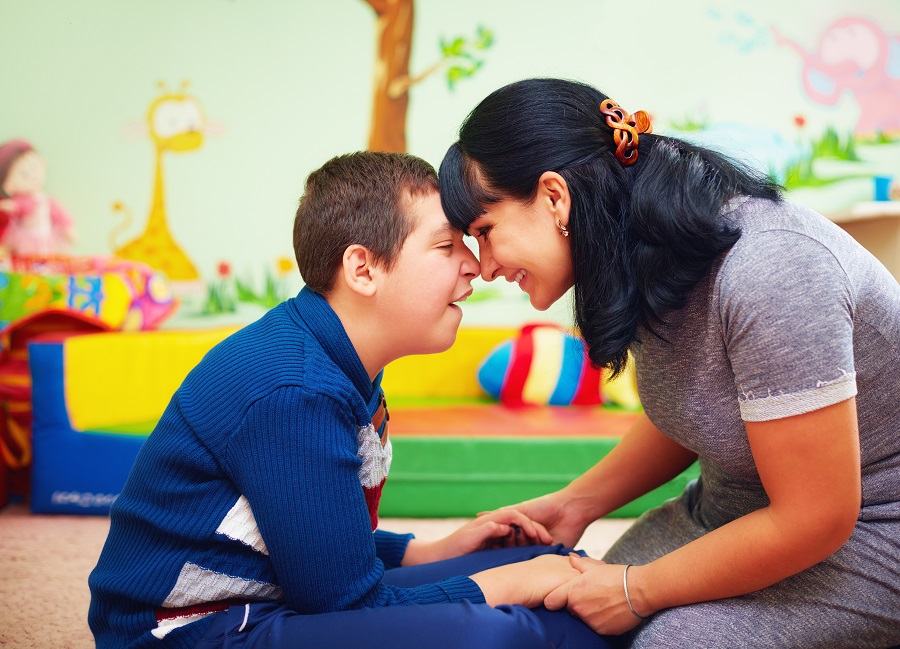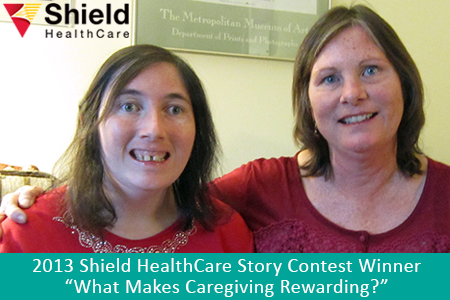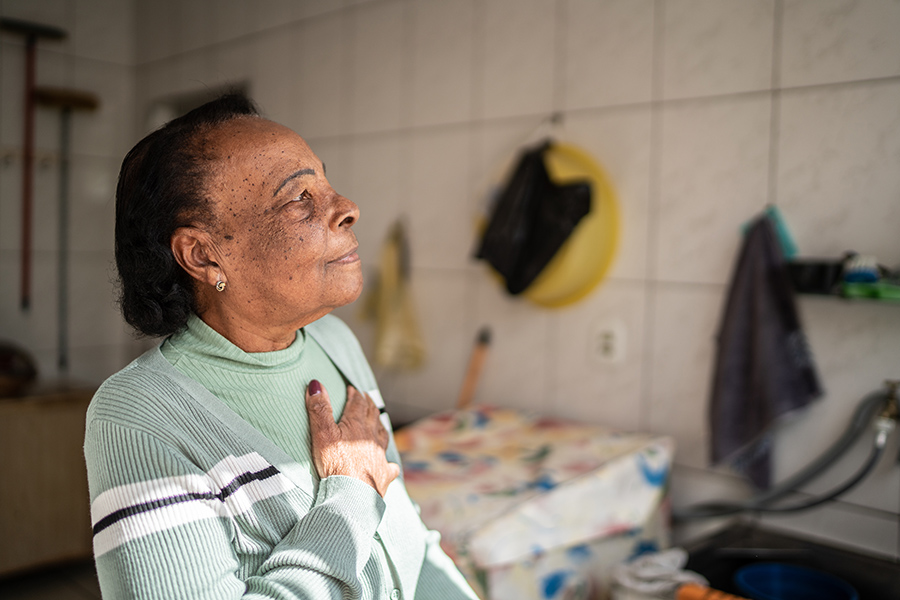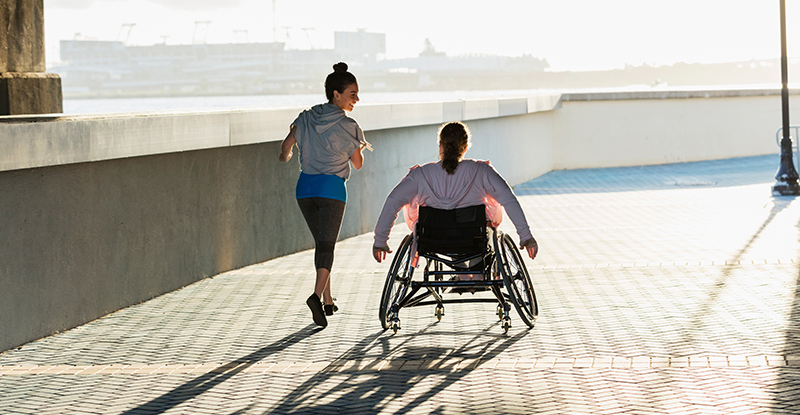Parkinson’s Disease Awareness Month
April is Parkinson’s Disease (PD) Awareness Month. More than one million Americans currently live with Parkinson’s disease, and 50,000-60,000 new cases of PD are diagnosed in the U.S. every year. Although there is currently no known cure, there is hope. For people with PD, there are individualized treatment options that help control symptoms and improve quality of life, and scientists continue to work hard in their search for a cure.
What is Parkinson’s Disease?
Parkinson’s disease (PD) is a neurodegenerative brain disorder that progresses slowly in most people. In Parkinson’s, your brain slowly stops making the chemical dopamine. This important chemical affects your mood and helps your body to move.
A person diagnosed with PD may live with PD for twenty years or more after diagnosis. Parkinson’s disease itself is not fatal; however, complications from the disease make it the 14th leading cause of death in the United States. While living with PD can be challenging, there are treatment options that can help you live well and improve your quality of life. Because PD gets worse slowly over time, early detection and diagnosis of Parkinson’s disease is important. Early treatment can help you to stay healthy longer, giving you the best chance of living a longer, healthier life.
Symptoms of Parkinson’s Disease
There is no one sign or symptom of Parkinson’s disease. However, if you have more than one of the following symptoms, you should make an appointment to talk to your doctor. Some symptoms of Parkinson’s disease include:
- Tremors or shaking of limbs
- Suddenly small, cramped handwriting
- Trouble smelling foods like bananas, dill pickles or licorice
- Thrashing or sudden movements while deeply asleep
- Persistent trouble or stiffness while moving or walking
- A soft, low or hoarse voice when speaking in a normal tone
- Masked face (blank, serious, depressed or angry face while feeling normal)
- Frequent dizziness or fainting from low blood pressure
- Stooping or hunching over
- Constipation
Diet and Exercise with PD
Because individuals with PD are at higher risk for falls, a healthy lifestyle is particularly important for those with PD. Regular exercise and a healthy diet with plenty of water play an important role in staying healthy for as long as possible. Healthy food choices and regular exercise strengthen the body and improve flexibility, which can decrease the likelihood of fractures in a fall. A diet with plenty of water is also important for managing constipation, a common symptom of PD.
Read also: What Is Parkinson’s Disease?
Resources
Caregivers of loved ones with Parkinson’s disease can find resources and support from a variety of organizations, including:
- Parkinson’s Disease Foundation
- Michael J. Fox Foundation
- Parkinson’s Action Network
- National Parkinson’s Foundation
- Parkinson Alliance
- American Parkinson Disease Association
- Davis Phinney Foundation for Parkinson’s
For more information about Parkinson’s disease, and for caregiver resources and support, visit the National Parkinson’s Foundation, Parkinson’s Disease Fundation, National Institute of Neurological Disorders and Stroke, Mayo Clinic or WebMD, which provided source information for this article.
This article is intended for educational purposes only, and should not replace the advice of a qualified medical professional. If you are concerned about symptoms of PD in yourself or a loved one, please contact your primary care physician.
Shield HealthCare | Medical Supplies For Care At Home Since 1957









